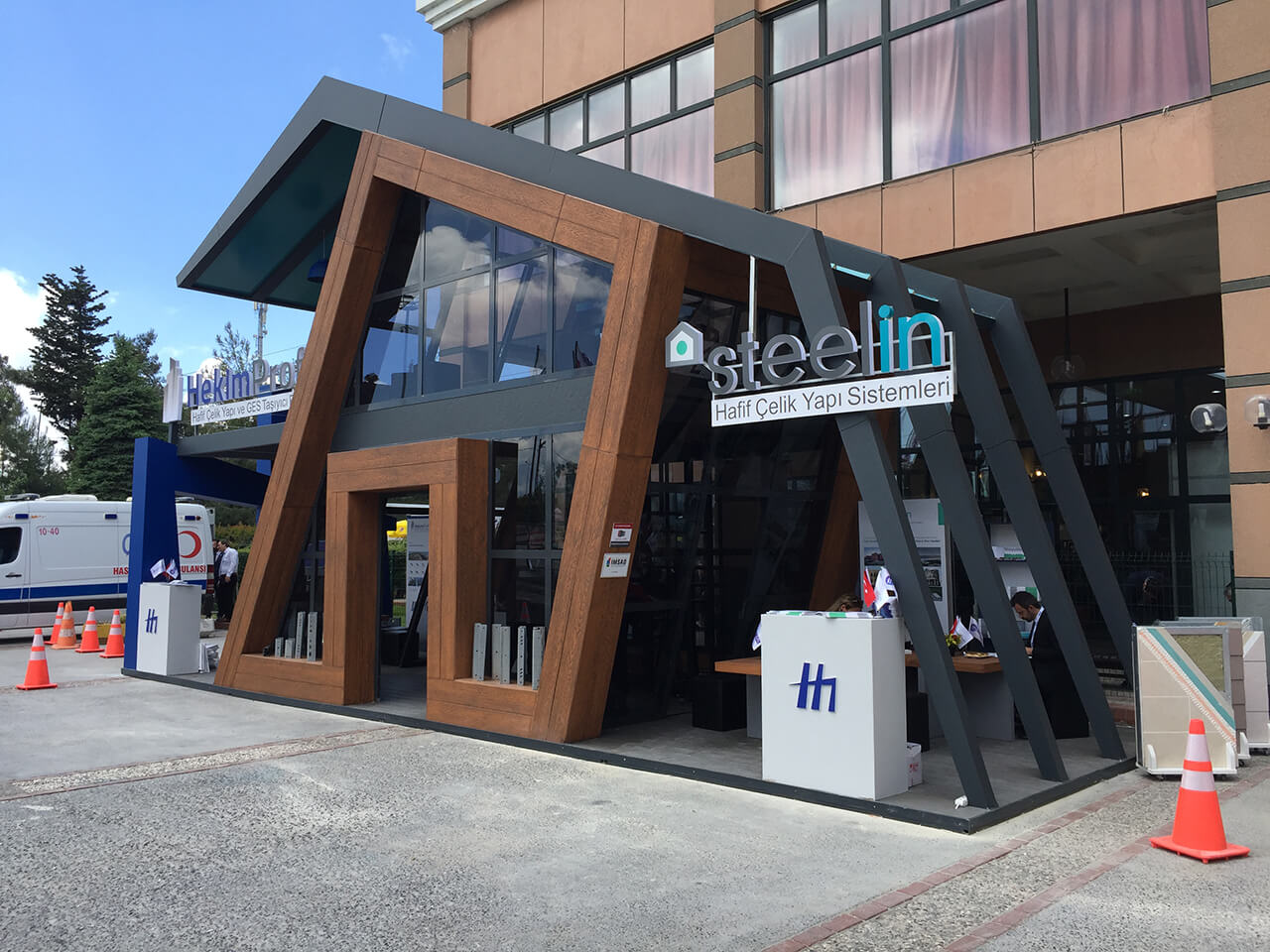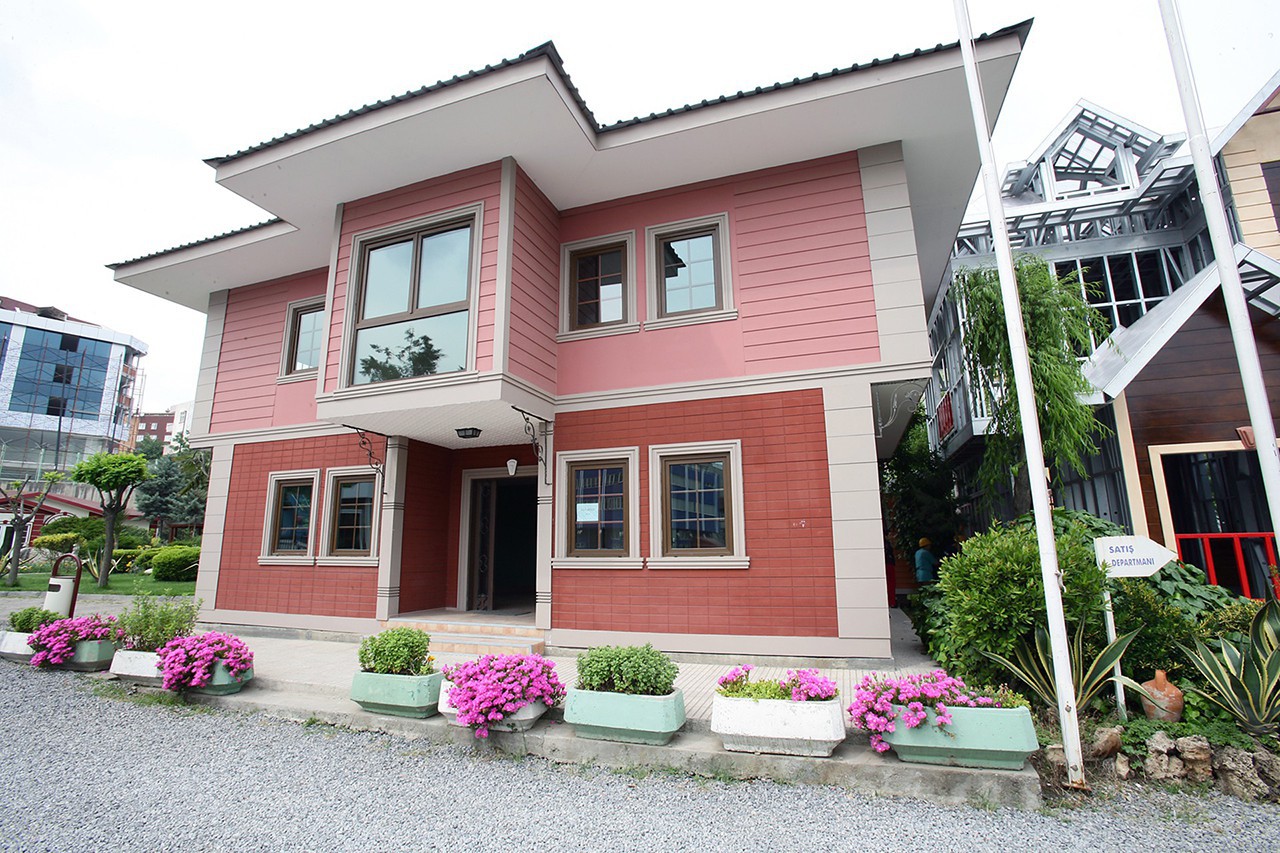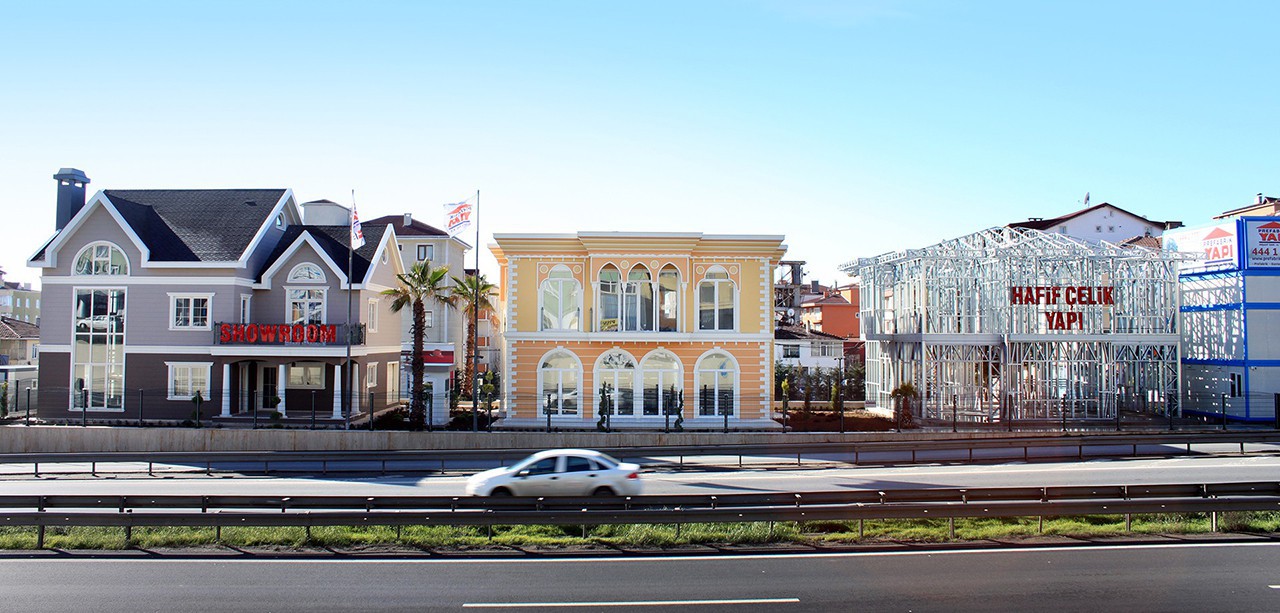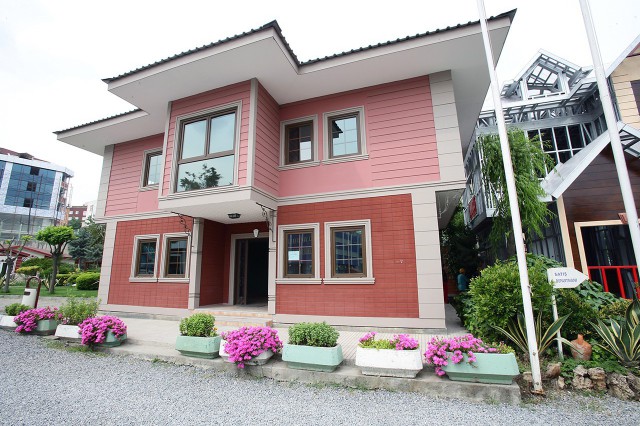How Well Do Steel Buildings Perform in Extreme Weather?
Steel buildings are a reliable choice for extreme weather conditions. Designed to resist high winds, heavy snow, moisture, fire, and temperature fluctuations, they offer unmatched reliability. The durability of steel buildings ensures long-term performance with minimal maintenance, making them an ideal solution for those building in harsh or unpredictable climates.
Why Weather Resistance Matters in Building Design
Buildings are long-term investments, and in regions prone to high winds, snow, and fluctuating temperatures, choosing the right materials can make a critical difference. Weather resistance isn’t just a matter of comfort it’s about ensuring safety, longevity, and operational continuity. That’s why modern engineering focuses on materials that perform well under stress, with minimal degradation over time.

Steel buildings stand out in this regard due to their resilience against the most punishing weather conditions. In areas exposed to hurricanes, snowstorms, or blazing heat, they offer superior protection compared to traditional materials. The durability of steel buildings translates into fewer maintenance needs, lower repair costs, and longer service life, making them an ideal choice for challenging climates.
Key Properties of Steel Buildings That Enhance Durability
One of the reasons why steel buildings are widely used in harsh environments is their inherent structural strength. Steel’s ability to endure high loads and resist deformation means that it performs well under extreme forces like heavy snow or wind pressure. Unlike wood, steel does not warp, crack, or rot, which further contributes to its longevity.
Another important factor is that steel structures for extreme climates are designed to accommodate additional features such as insulated panels and reinforced joints. These enhancements help optimize performance during thermal fluctuations and keep the internal environment stable. Collectively, these properties boost the durability of prefabricated steel buildings, especially when constructed according to local building codes and standards.
Strength-to-Weight Ratio and Load Resistance
The impressive strength-to-weight ratio of steel allows buildings to remain stable under significant stress without becoming excessively heavy. This makes steel buildings not only more efficient to construct but also better at withstanding extreme weather loads, including seismic activity, wind pressure, and heavy snowfalls.

How Steel Structures Handle Rain, Wind, and Snow
Climate-related challenges such as heavy rainfall, high-speed winds, and snow accumulation can cause serious structural issues in conventional buildings. However, steel buildings are engineered to meet and exceed the demands of such conditions. With advanced framing techniques and superior design calculations, these buildings maintain their integrity where others may falter.
The durability of steel buildings in extreme weather is largely attributed to their precision-fabricated joints, corrosion-resistant coatings, and strategic roof slope designs. These elements collectively enable steel structures for extreme climates to endure wet, windy, and snowy weather year-round without compromising structural integrity. Additionally, modern prefabrication processes ensure consistent quality across all components, improving overall resilience.
Wind Load Tolerance in Steel Buildings
In high-wind zones, steel buildings are designed to resist lateral forces through reinforced bracing and anchoring systems. Their aerodynamic profiles and rigid framing make them highly effective against hurricanes and tornadoes, enhancing the durability of prefabricated steel buildings in storm-prone areas.
Snow Accumulation and Roof Load Capacity
One of the advantages of steel structures for extreme climates is their capacity to manage snow loads. Engineers design roof systems with steep pitches and strong support members, ensuring snow slides off efficiently or is safely supported without risk of collapse.
Moisturing Management and Drainage Solutions
Effective moisture control is essential in any building, especially in wet or snowy climates. Steel buildings are typically equipped with integrated gutter systems, vapor barriers, and anti-corrosion finishes that help prevent water intrusion and rust, protecting the durability of steel buildings over time.

Fire and Temperature Resistance in Steel Buildings
Fire and extreme temperature shifts are the most two damaging forces that buildings can be faced. Unlike traditional materials that can combust or degrade quickly, steel buildings are non-combustible and maintain their shape and strength in high-heat environments. This makes them a safe and reliable choice in fire-prone or temperature-volatile regions.
Additionally, the durability of steel buildings under thermal stress is a key advantage in extreme climates. Steel’s behavior under heat is predictable, allowing engineers to account for expansion and contraction during the design phase. As a result, steel structures for extreme climates are built to withstand sudden temperature swings without warping or failing, enhancing their overall structural stability and safety.

Fire-Rated Steel Systems and Building Codes
Modern steel buildings can be constructed with fire-rated systems that meet strict local and international building codes. These systems include fire-resistant coatings, non-combustible insulation, and compartmentalized design features that slow flame spread—strengthening the durability of prefabricated steel buildings in emergency situations.
Thermal Expansion and Structural Stability
Steel expands when heated but does so in a controlled and uniform way. Engineers use this predictable behavior to design joints and connections that accommodate movement, preventing stress or distortion. This ensures that steel buildings maintain their alignment and stability in extreme temperature conditions.

Maintenance Tips to Maximize Weather Resistance
Even though steel buildings are known for their resilience, regular maintenance is essential to preserve their long-term performance. Routine inspections can catch early signs of wear, especially in areas exposed to harsh weather. Checking joints, fasteners, and protective coatings ensures that small issues don’t develop into costly structural problems later on.
To maintain the durability of steel buildings, it’s important to follow a preventative maintenance schedule. This includes inspecting drainage systems, resealing weatherproof joints, and ensuring ventilation is functioning properly. Especially in steel structures for extreme climates, these tasks support year-round resistance to moisture, temperature changes, and physical stress. Proper care ultimately prolongs the durability of prefabricated steel buildings and helps avoid expensive repairs.
Coating Inspections and Reapplication
Protective coatings serve as a first line of defense against corrosion. Periodic inspections should assess for chips, cracks, or fading in these layers. Timely reapplication ensures steel buildings remain protected against rust and environmental degradation, particularly in humid or coastal regions.
Are Steel Buildings a Smart Choice for Harsh Climates?
When evaluating building materials for regions with severe environmental conditions, steel buildings consistently emerge as a top-tier option. Their ability to resist wind, snow, moisture, fire, and temperature extremes sets them apart from traditional construction methods. Combined with modern engineering and prefabrication techniques, these structures offer reliable and repeatable performance across diverse climates.
For those seeking maximum value and performance, the durability of steel buildings makes them a logical investment. The low maintenance requirements and extended lifespan of steel structures for extreme climates contribute to lower total ownership costs. As innovations in coatings and construction methods continue to advance, the durability of prefabricated steel buildings will only become more prominent in future building designs.


